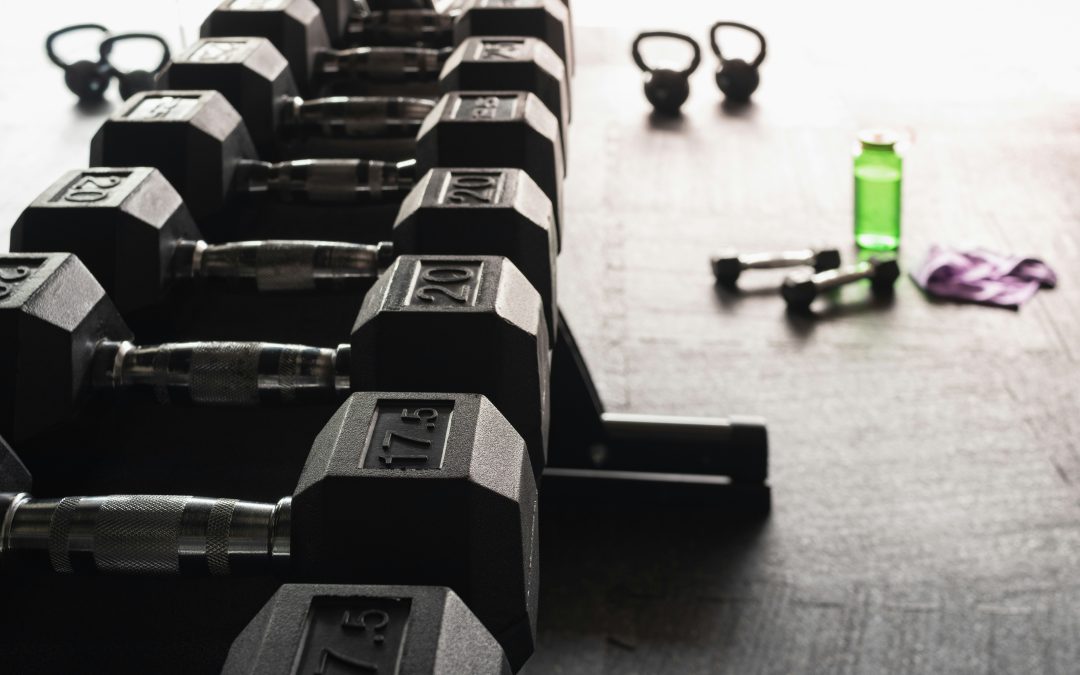As the London and Manchester marathons loom on the horizon, you’re likely pushing yourself to the limit in your training. Whether you’re aiming for a personal best or simply crossing the finish line, there’s one thing that can make all the difference in your performance and injury prevention: strengthening exercises. While running itself is great for cardiovascular fitness, incorporating strength training into your routine can be the game-changer that keeps you healthy, efficient, and running strong all the way to the finish line.
Why Strength Training Matters for Runners
If you’re like many runners, you may focus on logging those miles, thinking that’s all your body needs to prepare for race day. But here’s the thing: running puts a lot of stress on your muscles, joints, and connective tissues. Over time, weak muscles can lead to poor biomechanics, which in turn increases the risk of injury. Think of it this way – your muscles act as shock absorbers for your body. The stronger they are, the better they can handle the repetitive pounding of running.
Research supports this, too. Studies show that training can improve running economy, reduce injury risk, and enhance overall performance. Stronger muscles mean better control, more efficient energy use, and less wear and tear on your body during those long runs.
Which Muscles Should You Focus On?
Runners tend to neglect certain muscle groups, but to stay injury-free and run at your best, you’ll want to focus on the following:
- Core: Your core is more than just your abs – it’s the powerhouse that stabilises your torso while you run. A strong core helps maintain proper posture, reduces fatigue, and prevents injuries like lower back pain. Think planks, paloff presses, deadbugs and leg raises.
- Glutes: Your glutes are crucial for generating power when you push off the ground. Weak glutes are often a culprit in issues like knee pain and iliotibial band (ITB) syndrome. Incorporate exercises like squats, lunges, Romanian deadlifts (RDLs) and glute bridges into your routine.
- Hamstrings: These muscles play a major role in running mechanics, especially when it comes to controlling your leg’s forward swing. Strengthening them will not only improve your stride but also help prevent hamstring strains. Deadlifts and leg curls are a great choice.
- Calves: Your calves are under constant strain with each step you take, and weak calves can lead to Achilles tendinopathies or calf strains. Calf raises, both standing and seated can help prevent these issues.
- Hip Flexors: Tight or weak hip flexors can disrupt your running form, leading to pain in the lower back or hips. Strengthening these muscles with exercises like leg lifts or lunges can make a big difference.
Sample Strengthening Routine for Runners
You don’t need to spend hours in the gym to reap the benefits of strength training. A couple of short sessions a week – about 30 minutes each – is all it takes to see improvements. Here’s a quick, evidence-based routine you can add to your training:
- Squats (3 sets of 10-12 reps): Excellent for targeting your glutes, quads, and hamstrings. Keep your knees tracking over your toes, and don’t forget that mind to muscle connection
- Deadbugs (3 sets of 6 breaths): Amazing for strengthening that core and initiating proper breathing. Breathe in, through your nose, as you lower your leg, breathe out through your nose, as you raise it.
- Lunges (3 sets of 10 reps per leg): A great unilateral exercise to build strength in your glutes and quads while improving balance.
- Single-leg RDL (3 sets of 10-12 reps per leg): This movement works your hamstrings, glutes and core, whilst improving balance, which is key for that running efficiency.
- Calf Raises (3 sets of 15 reps): Simple, yet effective. Stand on the edge of a step and rise onto your toes to strengthen your calves and prevent common lower-leg injuries.
How Strength Training Helps with Marathon-Specific Challenges
Incorporating these strengthening exercises into your marathon training will not only make you a more powerful runner but will also help you tackle some of the unique challenges marathoners face:
- Fatigue Resistance: As the miles pile on during race day, having a strong core and legs means you’ll maintain better posture and running form, reducing fatigue.
- Efficient Stride: Stronger muscles allow for a smoother, more efficient stride, so you’ll conserve energy and run more economically – this is especially crucial as you hit those later miles when fatigue sets in.
- Injury Prevention: By targeting weak spots, you can address muscle imbalances before they lead to injury. A strong body is much more resilient, meaning less time off due to injury and more time spent enjoying your runs.
Don’t Forget to Rest
It’s tempting to think that more strength training equals better results, but rest and recovery are equally as important. Overdoing it can lead to fatigue and injury, so make sure to space your strength sessions out and allow your muscles time to repair and rebuild.
Final Thoughts
Strength training for runners isn’t just about bulking up – it’s about building resilience, improving efficiency, and reducing the risk of injury. As you continue your journey towards the London or Manchester marathon, make sure you’re not just running the miles but also strengthening the muscles that will carry you to the finish line. Your body (and your race day performance) will thank you!
Remember: strength training doesn’t have to be complicated. Start simple, stay consistent, and enjoy the added benefits of a stronger, more injury-resistant body. You’ve got this – now get ready to power through those miles!
Photo by Greg Rosenke on Unsplash

